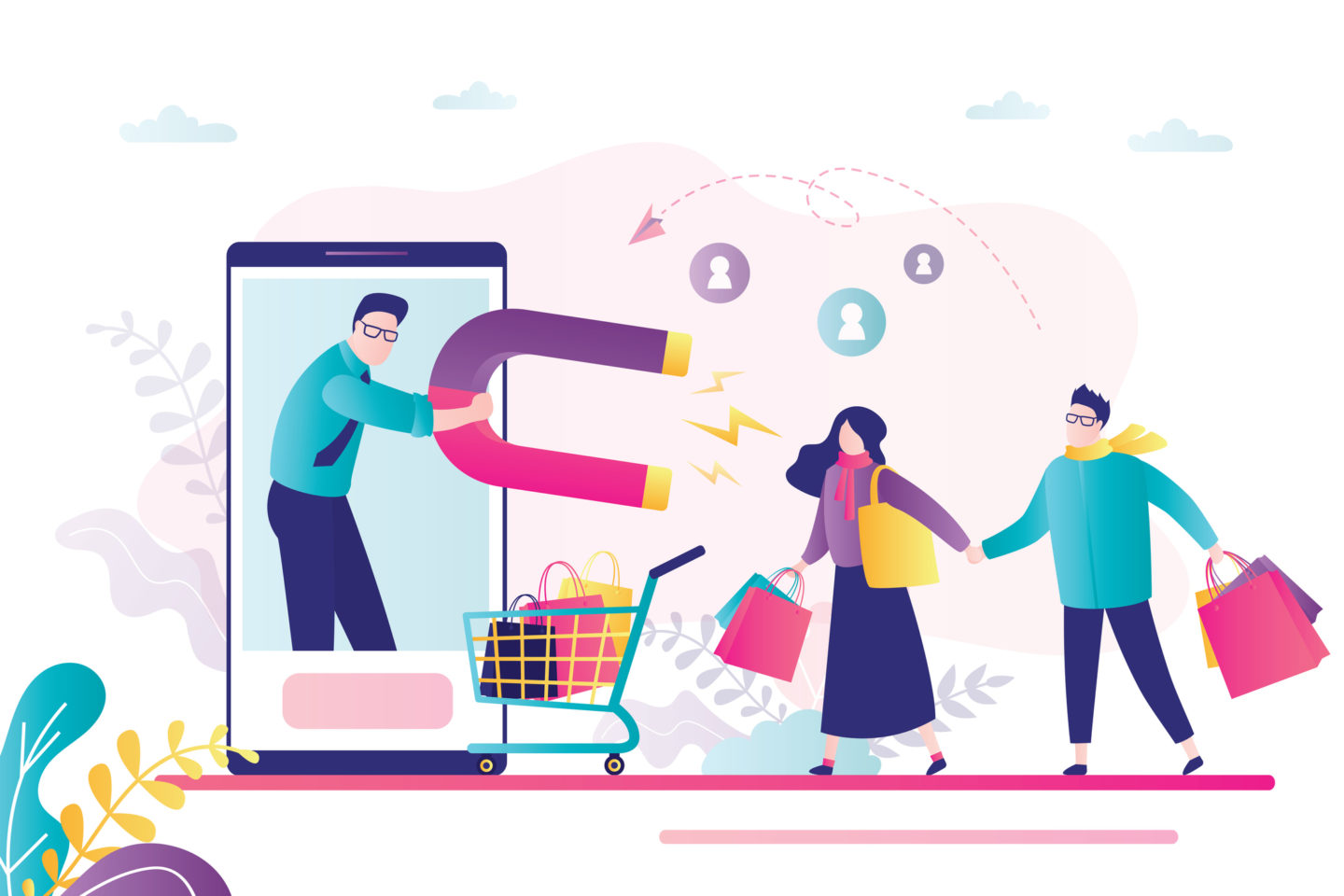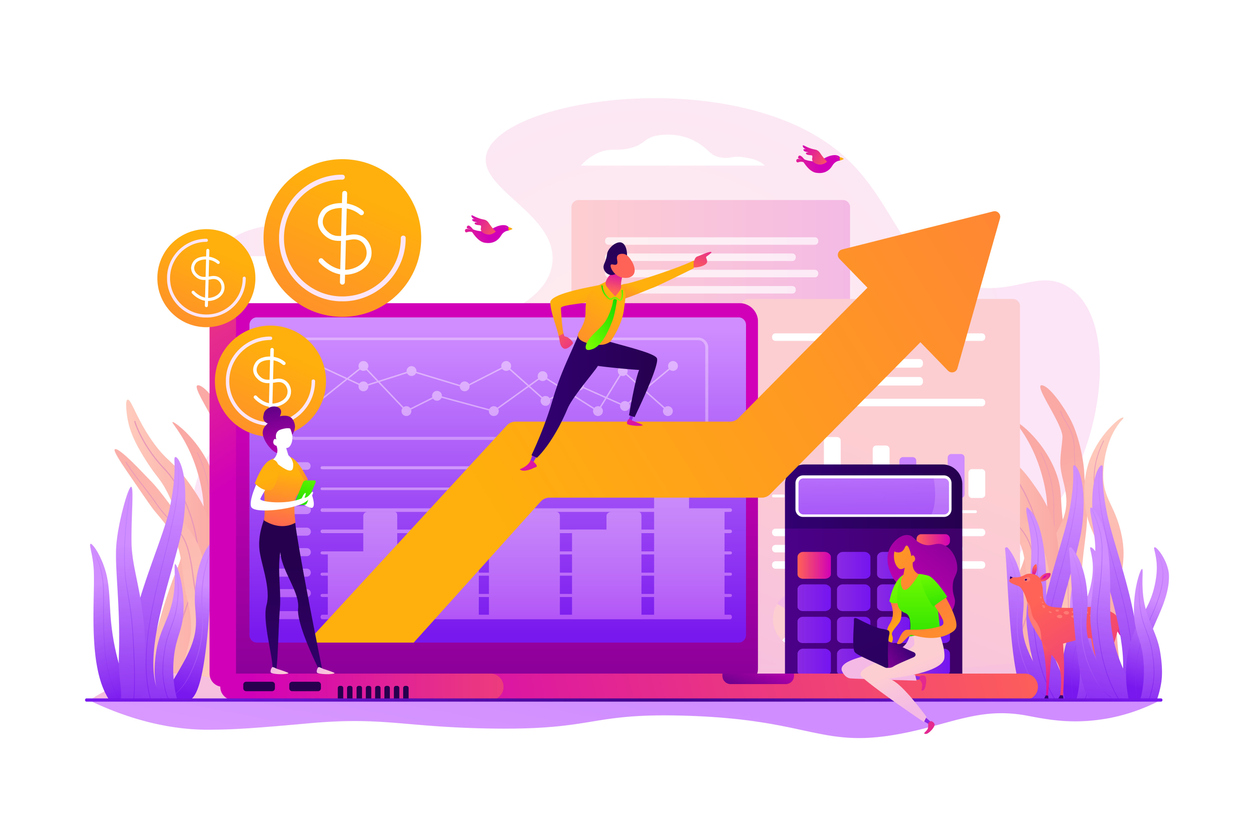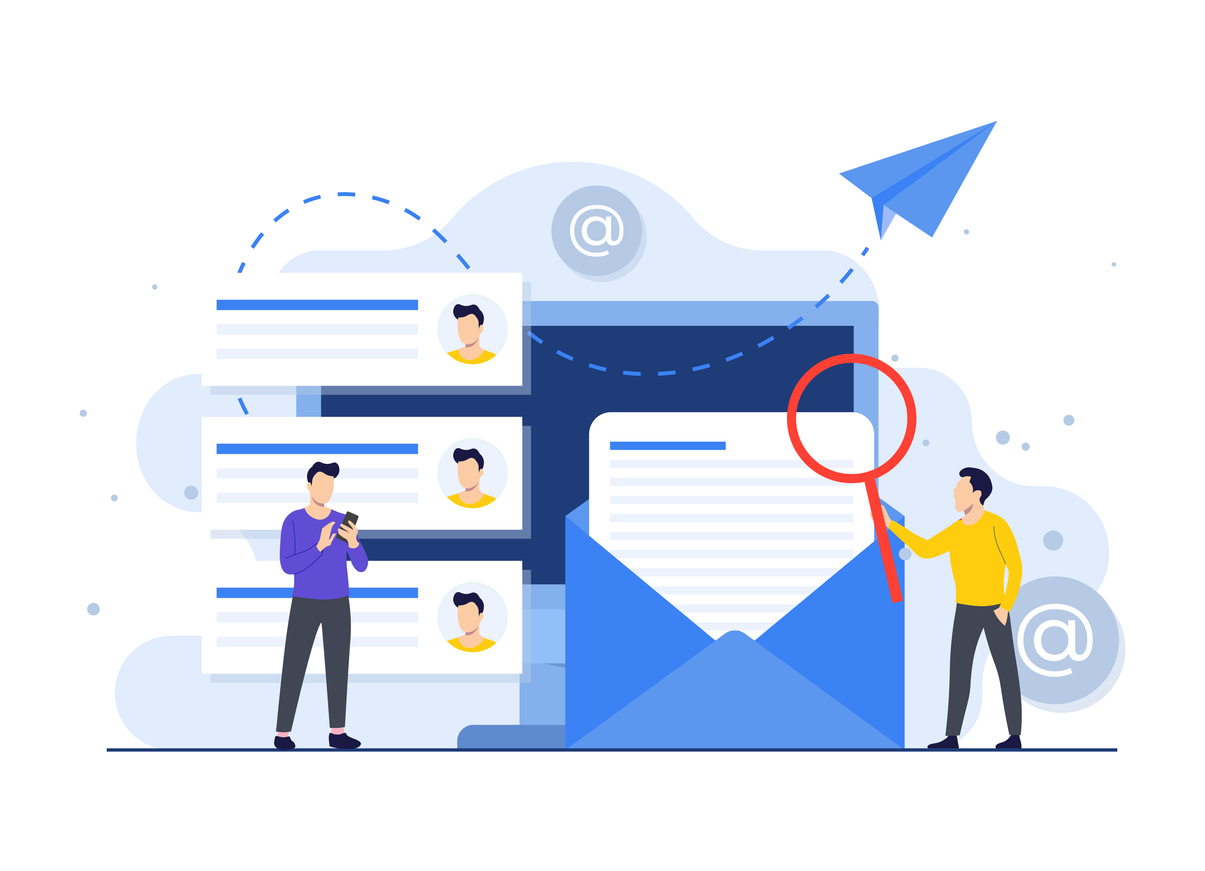5 Steps to Implementing Brand Loyalty Strategies in eCommerce

We’re exposed to thousands of commercial messages every day. Media consumption is only increasing as younger generations become viable consumers. In a world with so many choices, what makes a member of your target audience become a repeat customer or lifelong brand advocate? For eCommerce businesses, especially, questions like this make active brand loyalty strategies an important part of the marketing equation.
In fact, building brand loyalty might just be among the most important business goals in a world where competition is seemingly increasing by the day. Let’s dig into the details on:
- Why is brand loyalty important?
- How to increase brand loyalty
- How the right brand loyalty strategies can help to build sustained growth for your eCommerce business
Why Is Brand Loyalty Important in eCommerce?
Brand loyalty strategies can take on different shapes, and we’ll discuss some examples of that in more detail below. The first step, though, is making sure that your budget and strategy support these strategies. This is the statistical case for building brand loyalty among your audience and customers:
- 41% of the average eCommerce store’s revenue is generated by just 8% of its repeat customers.
- According to one study, the average repeat customer has a 60% chance of converting again.
- The average order value (AOV) for repeat customers is significantly higher than it is for first-time customers.
- Acquiring a new customer is about five times more expensive than retaining a loyal customer.
These studies and statistics make investing in your return customers a natural choice. But how you get there can be complicated. With repeat customers, it’s no longer about offering the cheapest product or making bold promises. Your products must satisfy and surpass expectations, and your audience needs to feel compelled to buy again.
That said, the most effective brand loyalty strategies come down to effective marketing and communications.
How to Increase Brand Loyalty in Five Simple Steps

A lower budgetary investment is a major boon for increasing your repeat customers. But your email marketing and web development will need to be on point to succeed in increasing your loyalty and customer lifetime value. These five steps can help you get started.
1. Know Your Customers — And Leverage That Knowledge Through Personalization
Much marketing discussion is focused on consumer privacy concerns. That makes it easy to overlook a crucial detail: your customers know you have their information, and they expect better experiences as a result. In fact, 91% of consumers are more likely to shop with companies that offer personalized experiences.
On the backend, that means collecting relevant data about your customers using Klaviyo integrations like ShipBob, Friendbuy, and Shopware. Centralize that data, and then personalize on-site product recommendations and email flows based on customer preferences and past purchases.
2. Extend Your Brand Beyond Your Product Messaging
As much as personalization matters, of course, your customers also need to feel connected to your brand beyond its products. Younger audiences, especially, expect shared values with the brands they gravitate toward. This makes it vital to extend your messaging beyond simple product features or benefits.
That might mean creating a page on your online store that highlights your company values and how you live them. If part of your profits goes towards a charitable organization aligned with those values, let your customers know. You can even use your blog or other parts of your website to show your team engaging in the community or otherwise furthering your values in a real-life scenario. The more your customers identify with your company beyond your product benefits in a narrow sense, the more likely they will be to remain loyal.
3. Engage Your Customers Beyond the Initial Purchase
It’s tempting to celebrate a sales conversion on your online store as an endpoint of the customer journey. But for businesses celebrating and prioritizing loyalty, it’s only the beginning. How you engage your customers from that point can go a long way toward encouraging repeat purchases.
Automated post-purchase email flows, for example, can go a long way towards building engagement with new, first-time customers. Ask them to share their reviews on Shopify, an action that will make them remember your brand more strongly and provide additional content for outreach. Even the process of returning products, when optimized and streamlined, can result in a positive experience that makes your customers more likely to buy from you again.
4. Create a Loyalty or Referral Program
A loyalty program can provide a tangible reward for customers deciding to stick with you. Set up realistic criteria, like a certain order value per month or a certain number of purchases, and provide a tangible reward like free shipping. Incentivize your customers to come back in order to earn their rewards.
Another vital option to build customer loyalty is a referral program in which your customers get rewarded not for spending more but for getting others to buy into your brand and products. More engagement for your audience means a stronger bond with your brand, which will ultimately result in more business — not just from the newly referred customers but also from those who referred them in the first place.
5. Measure and Adjust Your Customer and Brand Loyalty Strategies Over Time
Finally, never underestimate the importance of effective measurement and reporting systems to optimize your marketing. Anything from your email metrics to your website analytics should be set up to help you understand which of your brand loyalty strategies and messaging options have performed best to bring in more customers and keep those customers with you for the long run.
To get started, set up monthly reports specifically designed to measure your loyalty strategies. That might be revenue from referrals, conversions from value-based content, A/B testing that includes personalization, or any other strategy mentioned above. Evaluate these reports to make consistent optimizations designed to increase your marketing success and loyalty over time.
Ready to Build a More Loyal Customer Base?
Building customer loyalty has the potential for immense success. But it does require somewhat of a shift in how you think about marketing your store. Fortunately, you don’t have to be on your own. Future Holidays has helped eCommerce businesses like yours optimize both their email marketing and website marketing efforts toward finding new customers and increasing these customers’ loyalty over time. Ready to talk? Contact us to learn more today.


